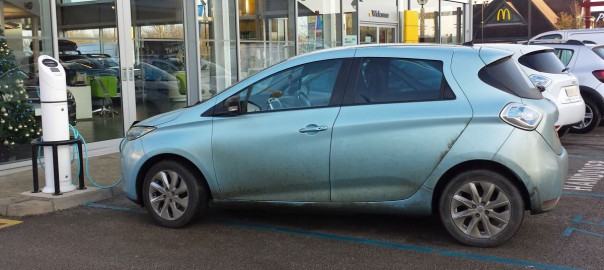In the Netherlands, Jedlix and Elaad say the Zoe is good for the smart grid
Dutch smart charging specialist Jedlix and the Elaad Competence Centre have concluded that Renault Zoe can be used in a balancing capacity of TenneT in the Netherlands.
National grids must be able to balance electricity production and consumption and when this is disrupted, Transport System Operators (TSOs) are forced to activate secondary options to prevent imbalance, which often come from fossil-fuelled power plants.

To use Renault Zoe for network balancing, the car’s charging process had to be able to react to real-time signals. At Elaad’s test centre in Arnhem, in the Netherlands, the two partners conclusively proved that the Zoe is able to respond to TenneT signals within seconds. According to Jedlix, this kind of suitability is further proof that electric vehicle batteries can be efficient and competitive resources that contribute to increasing the flexibility requirements of national grids.
What the company has not mentioned in their press release, however, is whether the charging is bidirectional, i.e. whether electricity from the car’s battery can also be fed into the grid. Certainly, the Renault electric car does not come ex-works supporting bi-directional charging, only being designed to take up electricity. What is possible to help balance the grid, is that the charging power can be reduced if necessary – which can reduce peak loads and thus contribute to grid stability.
Two years ago, Jedlix and Elaad made the same tests with Tesla cars. “In a previous study with Jedlix, we also found a positive effect on the distribution network when we respond to transmission network signals, which is crucial for the long-term introduction of electric vehicles,” says Elaad Director Onoph Caron. “We invite all OEMs to implement similar programs here in the Netherlands.”
Read more: Electrive

One thought on “Tested: Renault Zoe can grid-balance”